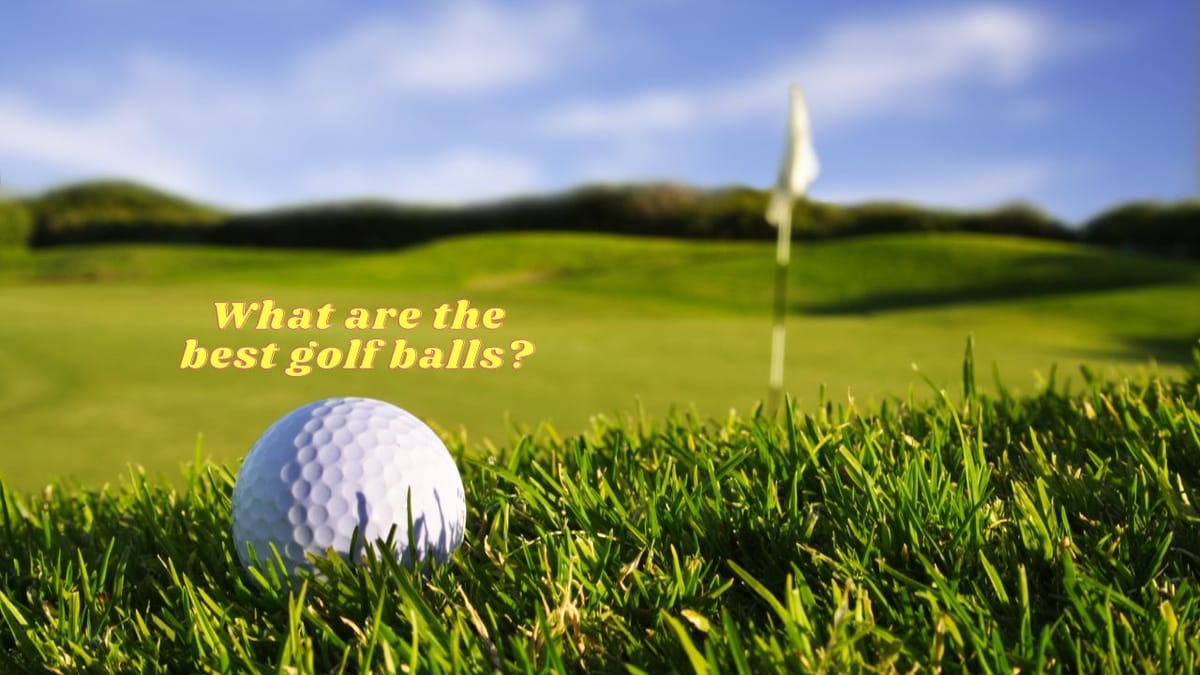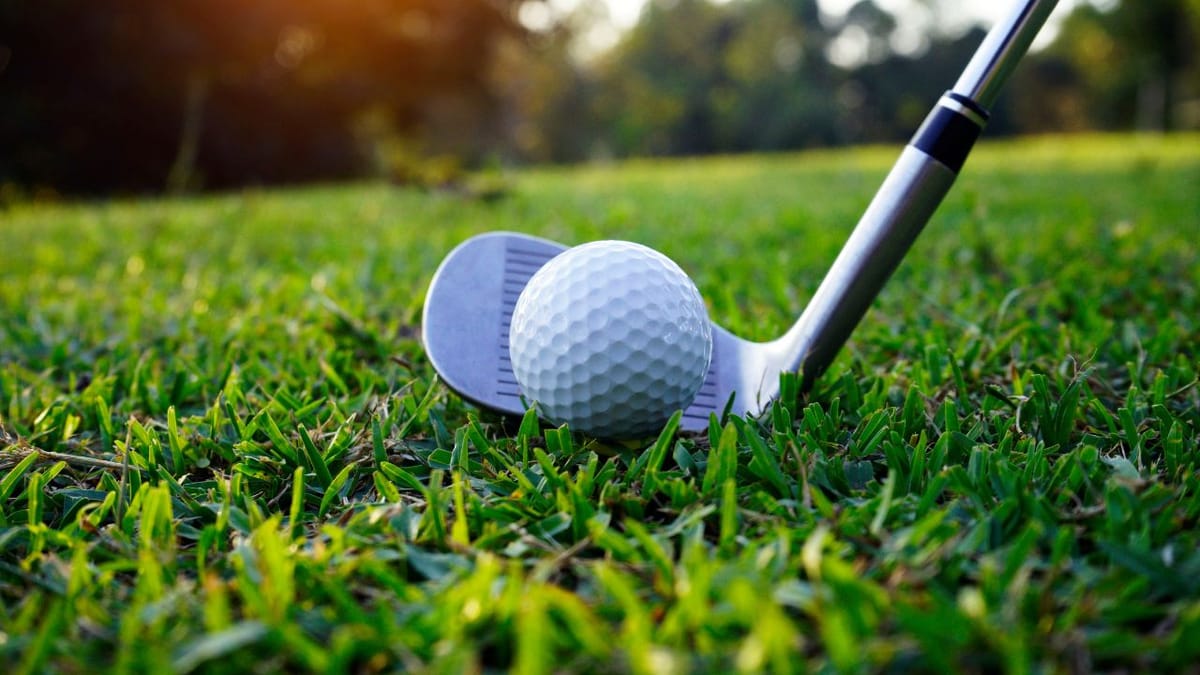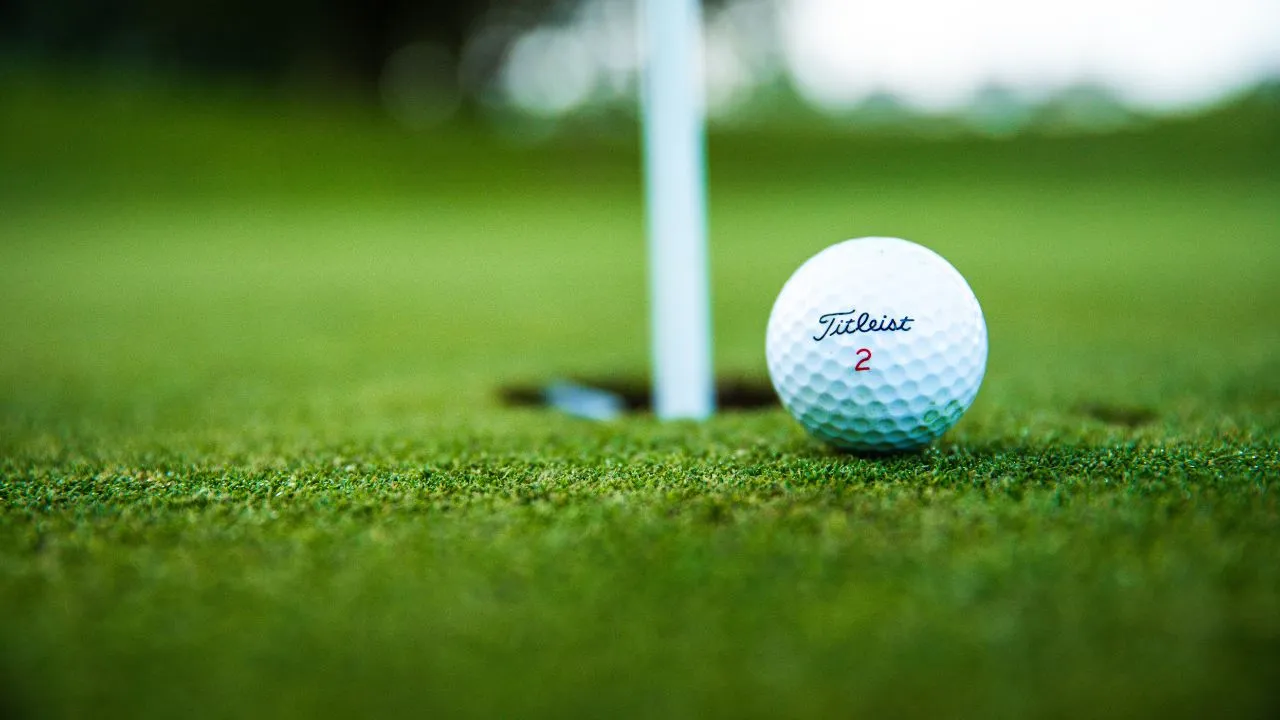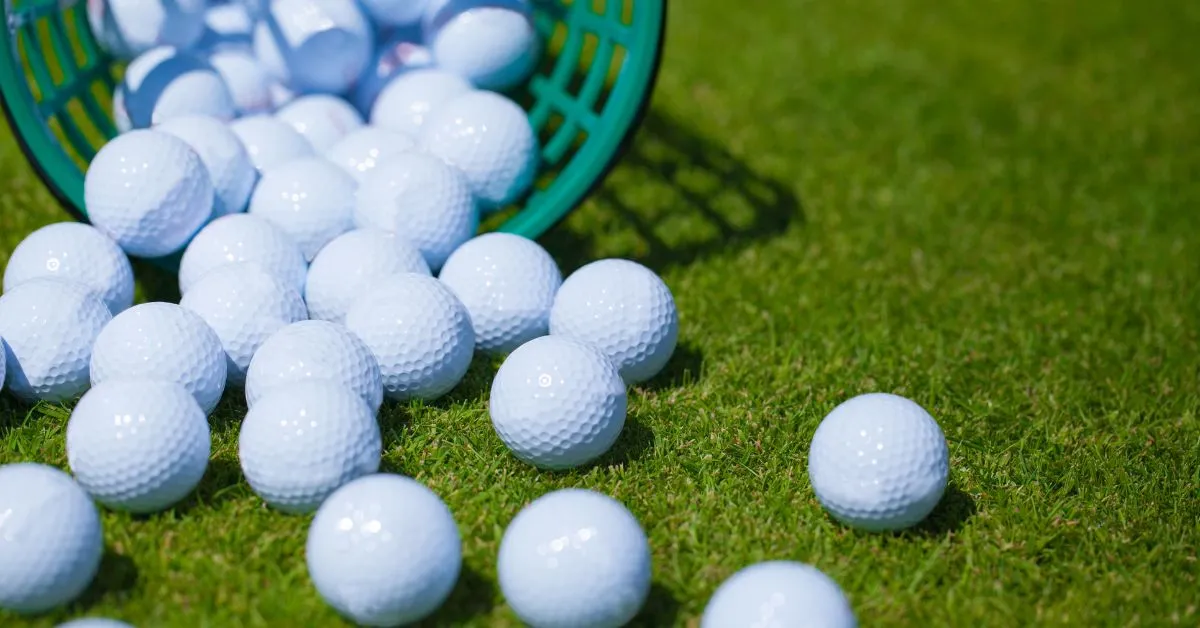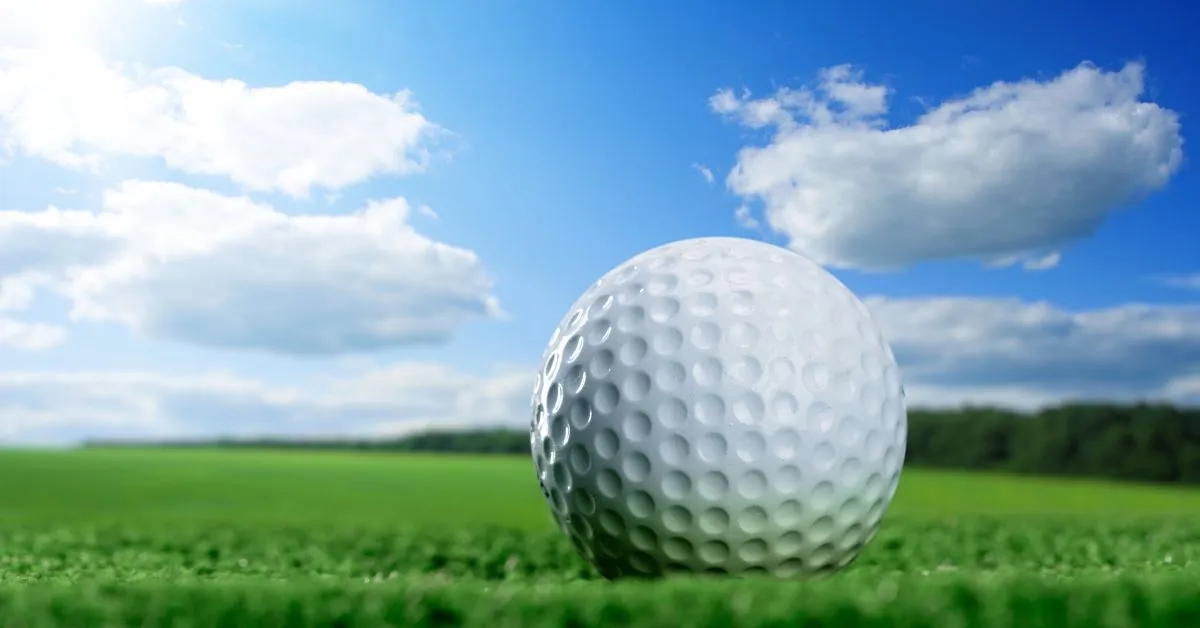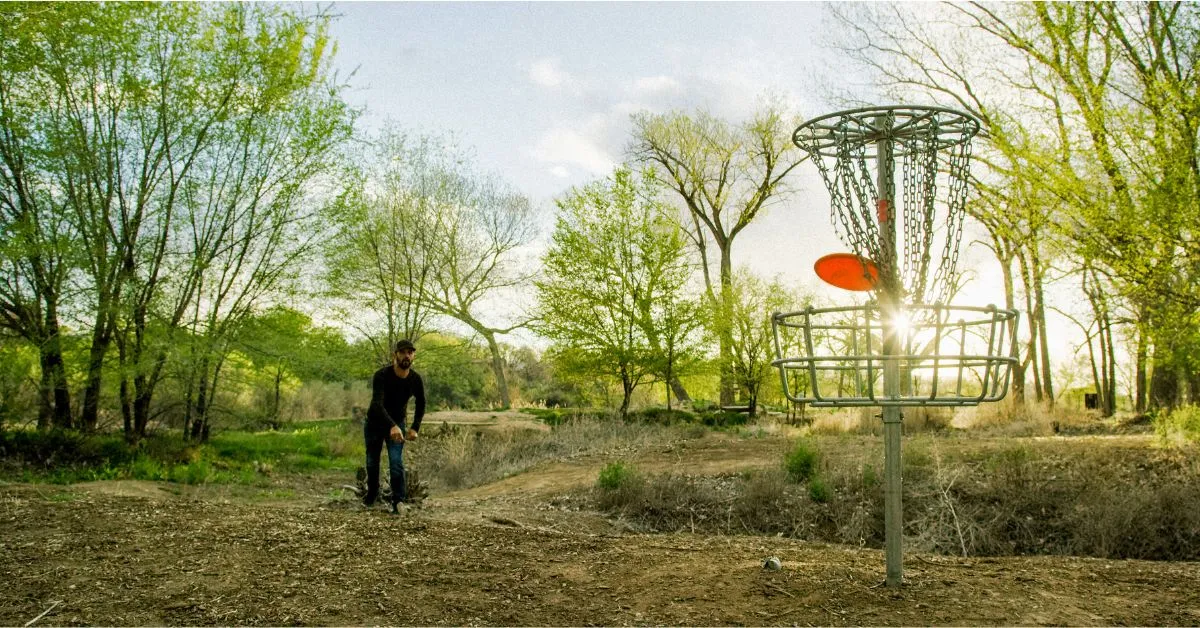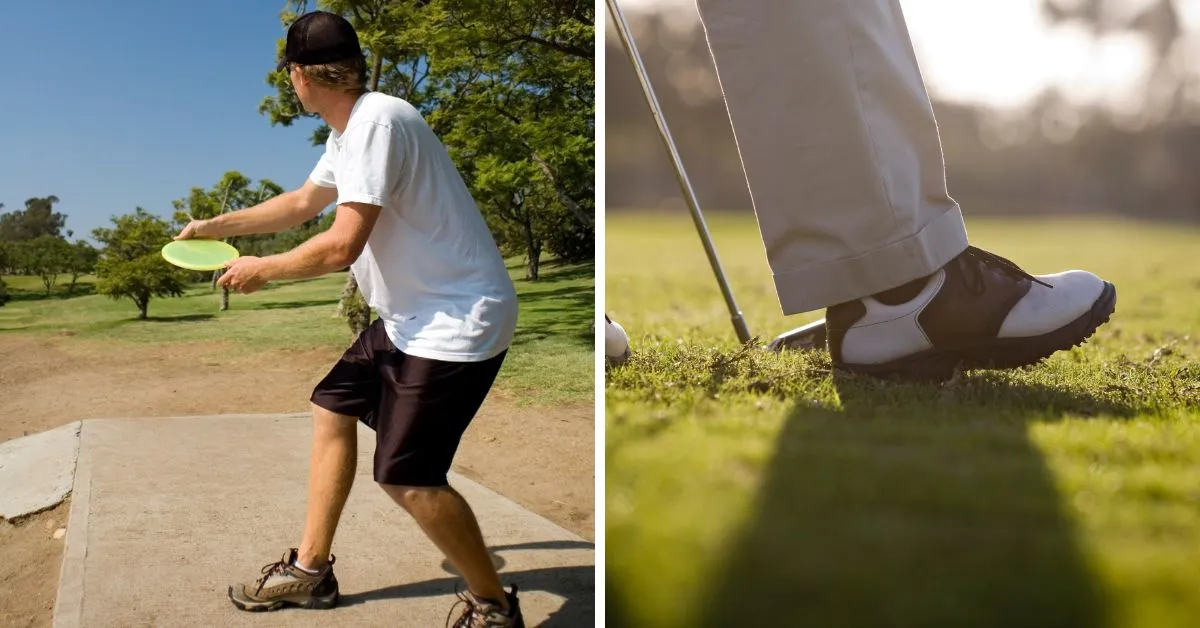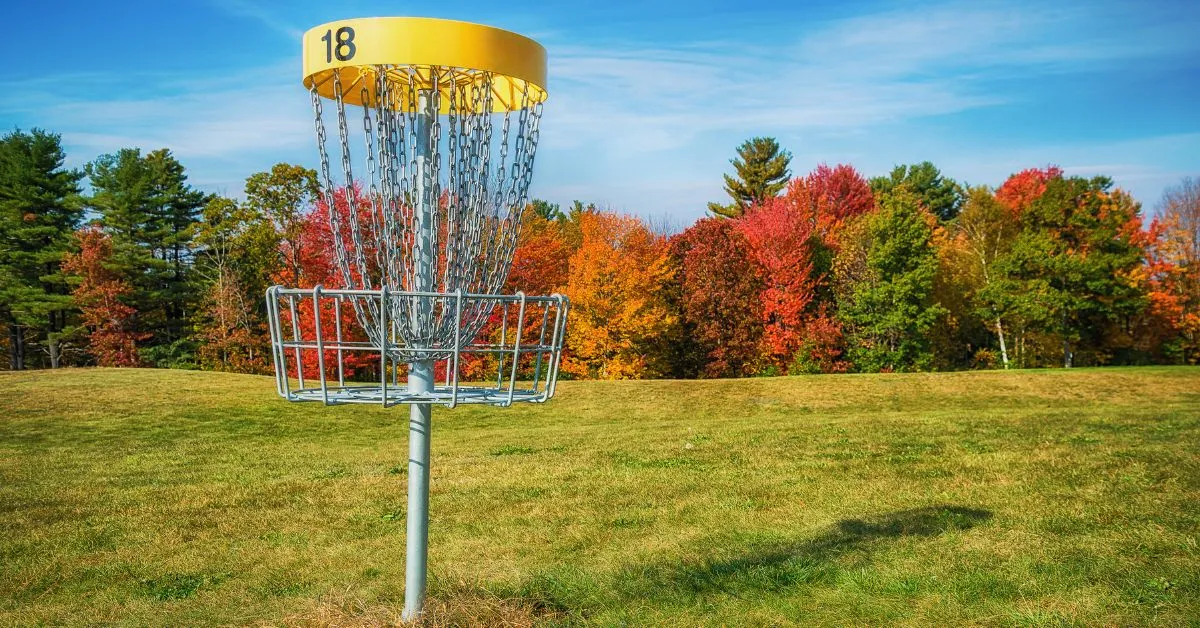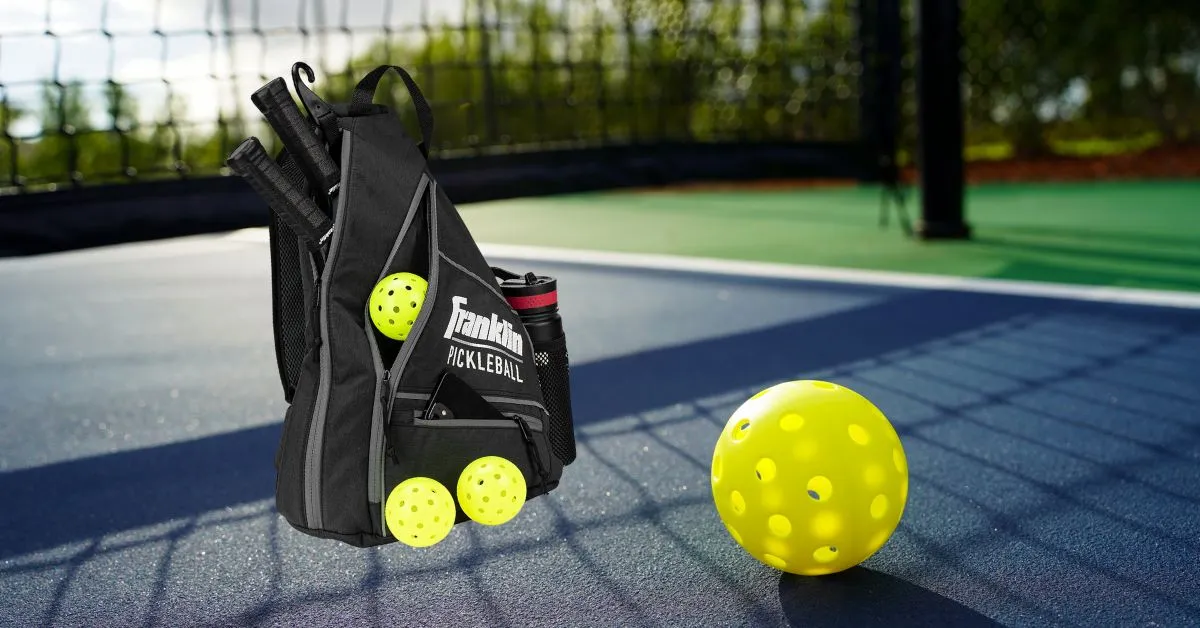Table of Contents
Golf is a game of precision and skill, where every element can impact your performance. One of the most crucial pieces of equipment in any golfer's arsenal is the golf ball. With a myriad of options available, choosing the right golf ball can be as significant as selecting the right golf clubs. This comprehensive guide is designed to help you understand what are the best golf balls to play with, tailored to your unique style and needs.
Key Takeaways:
- Identifying the perfect golf ball depends on your swing speed, skill level, and what you want to achieve on the course.
- Premium golf balls like the Titleist Pro V1 and Callaway Chrome Soft are among the top choices for advanced golfers seeking control and distance.
- Golfers with slower swing speeds may benefit from low compression golf balls that maximize distance and provide a soft feel.
Understanding Golf Ball Construction
Golf balls are marvels of engineering, designed to cater to different playing styles and abilities. The construction of a golf ball can significantly influence its performance, from ball speed to flight trajectory.
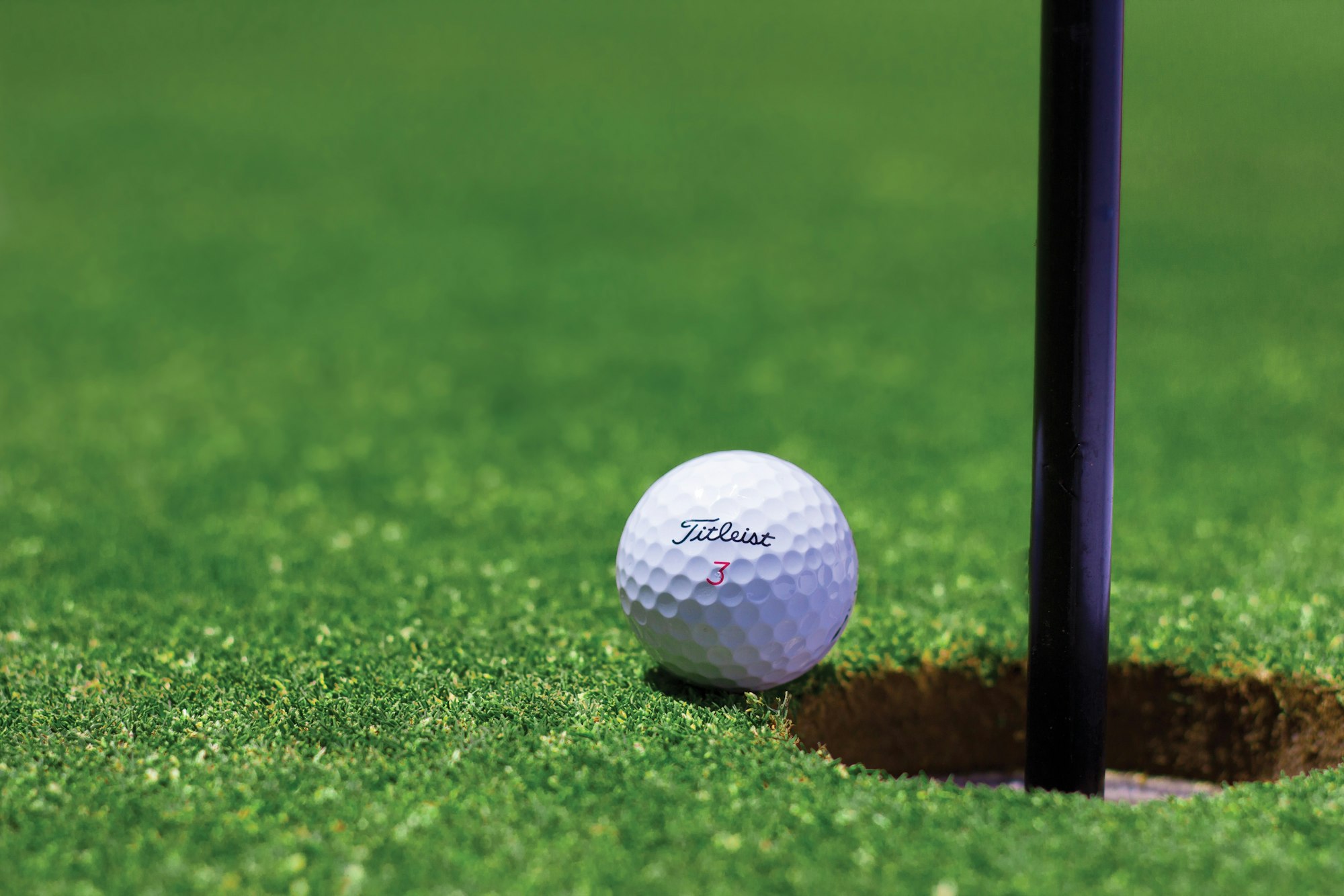
Two-Piece Golf Balls
Two-piece golf balls are typically geared towards average golfers and those with moderate swing speeds. They are known for their durability and ability to maximize distance. The large, solid inner core is designed to propel the ball forward with less spin, resulting in a straighter flight path.
Multi-Layer Golf Balls
Advanced golfers often prefer multi-layer golf balls, such as the tour golf ball, which offer more spin control and a softer feel. These premium balls usually have three or more layers, including a soft urethane cover that provides a higher spin rate around the greens and improved greenside control.
Swing Speed and Compression
The relationship between swing speed and ball compression is critical when selecting the right golf ball. Compression measures the deflection a ball undergoes when it is struck, which can affect distance and feel.
High Compression Balls
Golfers with higher swing speeds should look towards high compression balls. These balls are designed to offer less deformation upon impact, resulting in more energy transfer and a longer distance. The Titleist Pro V1 is a classic example of a high compression tour ball that delivers impressive distance and consistent flight.
Low Compression Golf Balls
For players with low swing speeds, softer balls with low compression can help maximize distance. These balls compress more easily, creating a trampoline effect that can lead to longer drives. The Callaway Chrome Soft, with its low compression core, is a popular choice for its soft feel and ability to provide a high ball flight even at slower swing speeds.
Spin: The Key to Control
Spin rate is a pivotal factor in how a golf ball performs, especially around the greens. Golfers looking for more control will need a ball that provides the right amount of spin for their game.
High Spin Golf Balls
High spin golf balls are designed to increase the backspin on shots, which can help advanced golfers achieve a more penetrating trajectory and better stopping power on the greens. The Mizuno RB Tour, known for its impressive greenside spin, is a prime example of a ball that offers this level of control.
Low Spin Golf Balls
Conversely, golfers seeking to reduce hooks and slices may opt for low spin golf balls. These balls can help produce a straighter flight and are particularly beneficial for players with a tendency to impart excessive side spin. The Bridgestone Tour B XS, with its low driver spin, is favored by players looking to improve their accuracy off the tee.
Feel and Performance Around the Greens
The feel of a golf ball is subjective, but it plays a crucial role in a player's confidence and touch, particularly on short game shots.
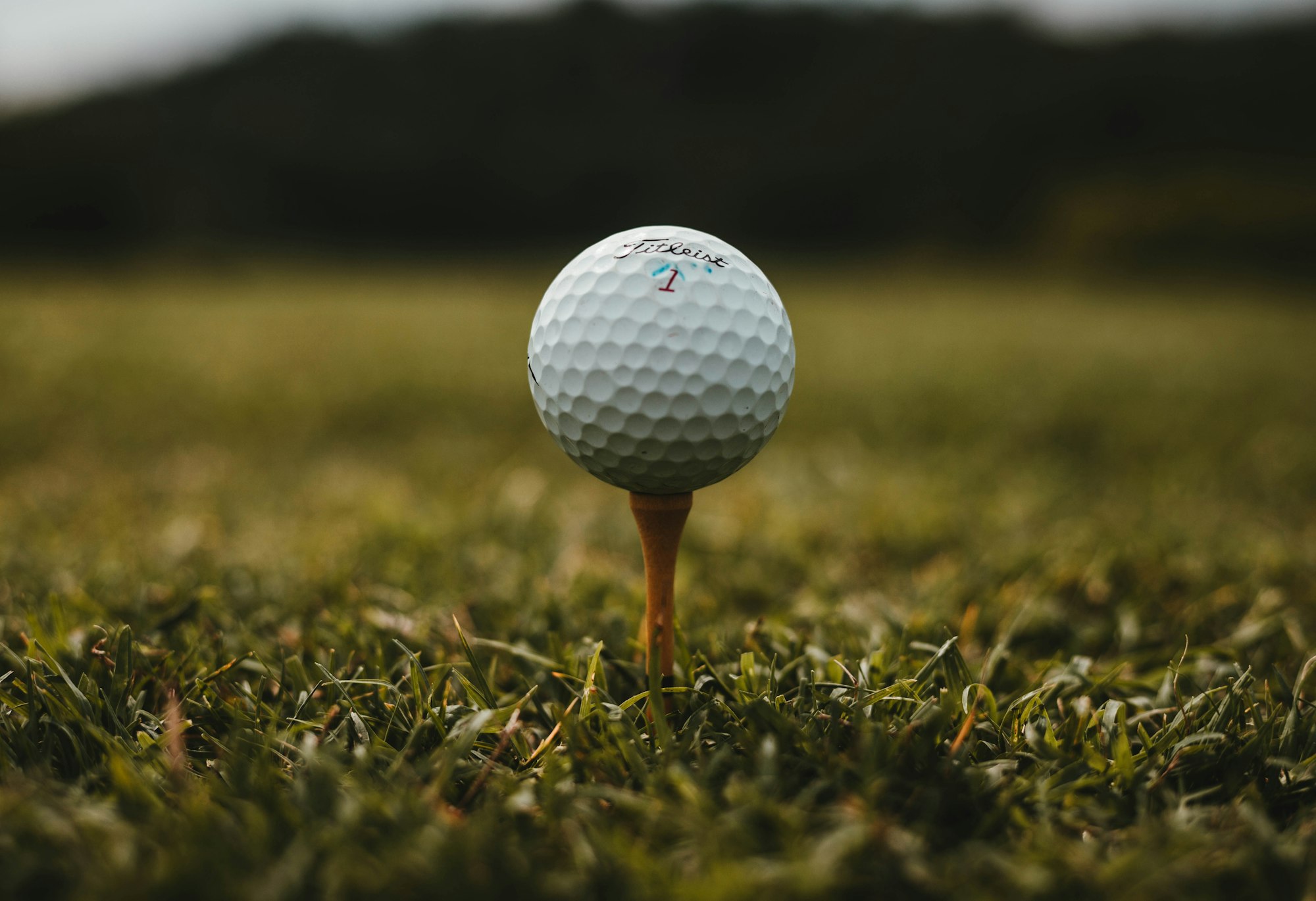
Golf Ball Materials: Urethane vs. Ionomer
When selecting the best ball for your golf game, understanding the difference between urethane and ionomer cover materials is crucial. Urethane balls are often found in the premium golf ball segment and are favored by high swing speed players for their superior feel and spin control around the greens. These balls typically feature a softer cover that allows for more precise shots, making them the choice for professionals and low-handicap amateurs seeking the softest golf ball that doesn't compromise on performance.
In contrast, ionomer balls cater to the average golfer with a moderate swing speed, offering durability and a firmer feel at a more affordable price point. While they may not provide the same level of control as urethane balls, ionomer-covered balls excel in driver distance and reduced spin, leading to a lower ball flight and longer roll. This makes them an excellent option for players looking to maximize their distance golf balls without breaking the bank in the competitive golf ball market.
Customizing Your Game with the Right Golf Ball Selection
Selecting the right golf ball is akin to choosing the perfect suit—it should be tailored to your game to enhance performance. A two-piece golf ball, for instance, is designed for durability and distance, making it an ideal choice for beginners or those with a high handicap. Its construction typically features a large, solid rubber core and a durable cover that resists cuts and scuffs. This design promotes a straighter flight path and can help golfers achieve greater distances off the tee.
On the other hand, advanced players might opt for balls that offer more control and a lower ball flight, which can be advantageous in windy conditions or on courses with tight fairways. The Titleist Pro V1 is a prime example of a high-performance ball that delivers low ball flight with a steep angle of descent, providing precision and control. Its sophisticated multi-layer construction allows skilled golfers to execute shots that require a high level of finesse, such as approach shots to the green where stopping power is crucial.
Enhancing Aerodynamics and Flight Consistency
The quest for the perfect golf ball includes understanding how dimple design affects aerodynamics and flight consistency. Dimples on a golf ball create turbulence in the air surrounding the ball, which reduces drag and helps the ball fly further and more consistently. The specific pattern and depth of the dimples can influence the stability and trajectory of the ball's flight. Manufacturers meticulously test various dimple designs to find the optimal balance that will suit different playing conditions and preferences.
For example, the Titleist Pro V1 boasts a spherically-tiled 352 tetrahedral dimple design, which is engineered to deliver a penetrating trajectory and consistent flight. This is particularly beneficial for golfers looking to maintain a reliable ball flight in various weather conditions. The precision with which these dimples are arranged on the ball's surface is a testament to the advanced technology and research invested in producing golf balls that meet the demands of discerning players who seek every advantage on the course.
Golf Ball Fitting: Finding the Right Match for Your Game
When considering the vast array of golf balls on the market, the concept of golf ball fitting is as crucial as selecting the right clubs. A two-piece golf ball, for instance, might be the perfect match for beginners or players with a moderate swing speed, offering a blend of distance and durability. Golf ball fitting sessions can help identify the best ball for your individual game, taking into account factors such as swing speed, typical launch conditions, and preferred feel.
Titleist Pro V1, a name synonymous with performance in the golfing world, is often a top pick for advanced players during these fittings. Its multi-layer construction, high spin control, and consistent flight characteristics make it a benchmark for comparison. While the Pro V1 may not be the ideal choice for every golfer, the fitting process can reveal whether its attributes align with a player's needs, potentially leading to improved on-course performance.
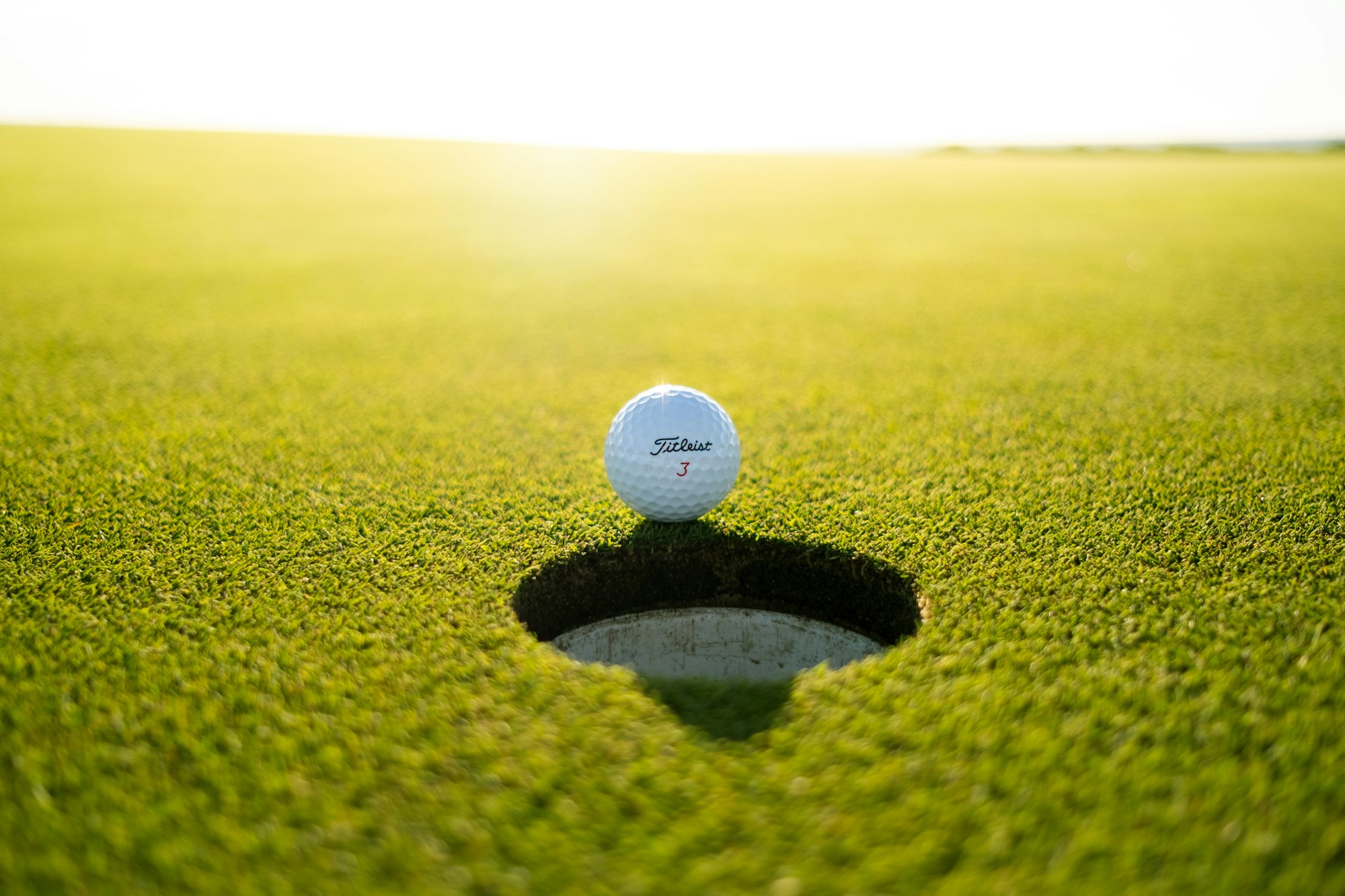
The Evolution of Golf Ball Technology
The golf ball has undergone significant technological advancements over the years, with manufacturers pushing the boundaries of materials and design to enhance playability. The two-piece golf ball, for example, has evolved to offer a softer feel while still providing the distance and durability that players expect. Innovations in core and cover technologies have allowed for this progression, giving golfers of all skill levels access to high-performing options that were once exclusive to tour-level products.
Titleist Pro V1 is a prime example of this evolution. Its consistent innovation in core design and aerodynamics has set the standard in the industry. The Pro V1's latest iteration features a reformulated core and a more aerodynamic dimple design, which work together to deliver even longer distance and a more consistent flight path. This continuous improvement underscores the importance of staying informed about the latest golf ball technologies to ensure that your equipment is helping, not hindering, your game.
Golf Ball Technology: High Flex Casing Layer
The quest for the longest ball has led manufacturers to innovate with high flex casing layers, a technology designed to enhance the performance of low compression balls. This layer, situated between the core and the cover of the ball, acts to increase ball speed for players with low to moderate swing speeds. The high flex casing layer works by allowing the core to compress more upon impact, resulting in greater energy transfer and, consequently, more driver distance for the average golfer.
Titleist Pro V1 and Pro V1x, often considered the benchmark in the premium golf ball category, have incorporated this technology to cater to both high speed and low swing speed players. The Pro V1x, in particular, with its high flex casing layer, offers a slightly higher ball flight and more spin compared to other balls in the Titleist lineup, like the Tour X, which is engineered for players seeking a firmer feel and lower flight. This advanced technology ensures that every golfer can find the best ball to suit their individual game, regardless of their swing speed.
Soft Golf Balls
A softer feeling ball, like the TaylorMade Tour Response, provides a responsive touch that many golfers prefer for chipping and putting. The soft urethane cover aids in achieving a soft response and better feedback on greenside shots.
Firmer Golf Balls
Some golfers may prefer a firmer feel for more feedback and control. Firmer golf balls often have a higher flex casing layer that can enhance spin control without sacrificing distance. The Titleist Pro V1x, with its slightly firmer feel compared to its previous model, remains a favorite among players who value a more responsive touch.
The Impact of Dimples
Dimples on a golf ball reduce aerodynamic drag and influence lift, which can affect the distance and trajectory of a ball's flight.
Dimple Pattern and Flight
The dimple pattern on a golf ball can lead to different flight characteristics. For instance, a high ball flight is generally sought after by players with slower swing speeds, as it can help maximize distance. The Callaway Chrome Soft X, with its optimized dimple pattern, is engineered to promote a high and consistent flight.
Dimple Design and Wind Performance
Golf balls with a more refined dimple design can perform better in windy conditions, offering a more stable and penetrating trajectory. The Titleist Pro V1's Tour-proven spherically-tiled dimple design is crafted to deliver a consistent flight, even in challenging wind conditions.
Price and Value
The cost of golf balls can vary widely, from budget-friendly options to premium tour-level balls. It's essential to consider both performance and price when making your selection.
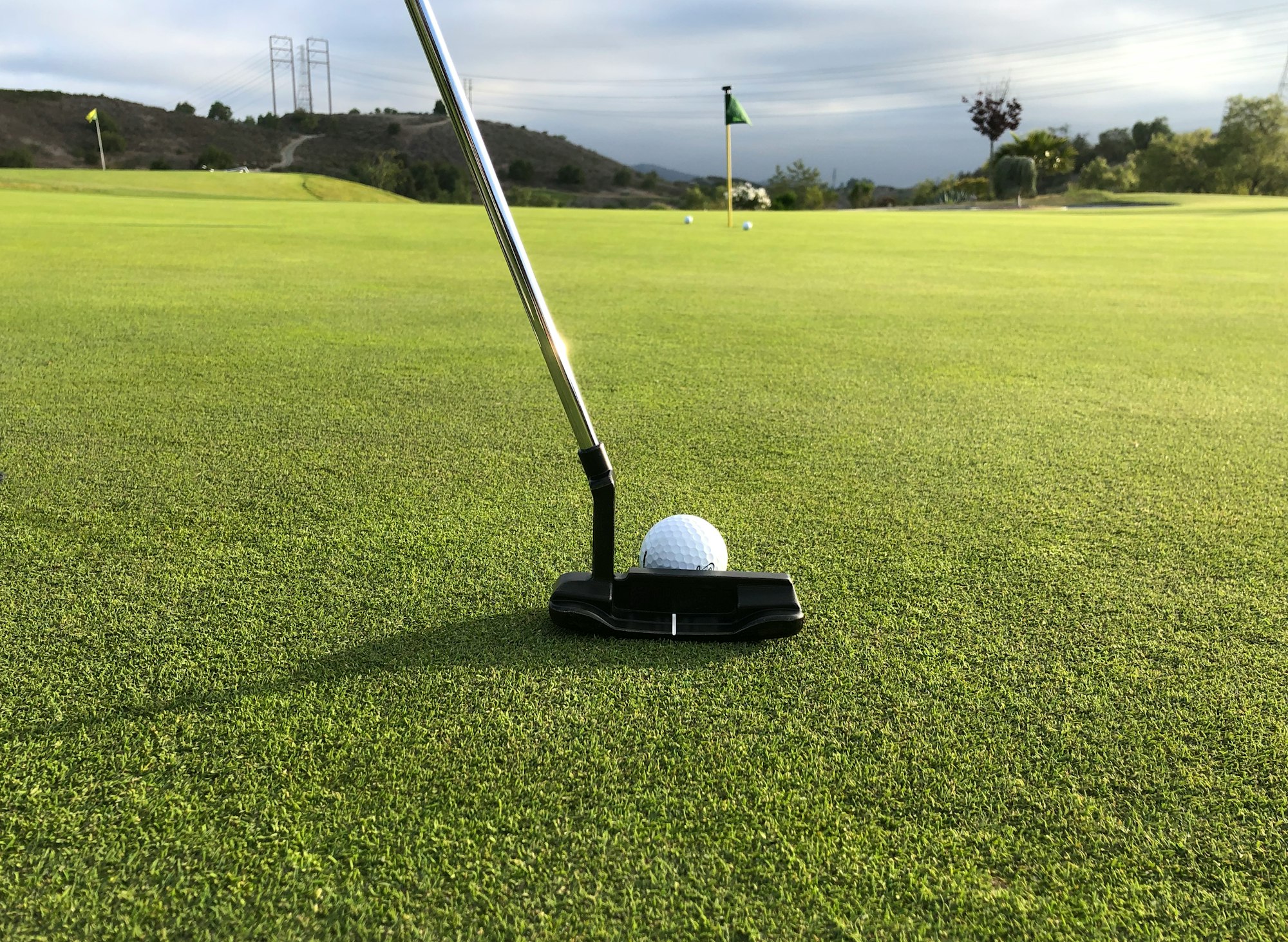
Premium Golf Balls
Premium golf balls, such as the Titleist Pro V1 and Callaway Chrome Soft, come with a higher price tag but offer advanced technology and performance benefits that can justify the cost for serious golfers.
Value Options
For recreational players or those on a budget, there are many balls that offer good performance at a lower cost. The Srixon Soft Feel, for example, is a two-piece golf ball that provides a soft feel and good distance at a more affordable price point.
Personal Preference and Play Style
Ultimately, the best golf ball for you is one that suits your personal preference and play style. It's important to test different balls and assess how each one performs with your golf clubs and swing.
Testing Different Golf Balls
Many golfers will benefit from participating in ball fitting sessions or testing different dozen golf balls on the course. Observing how each ball performs in various conditions can help you make an informed decision.
Consistency and Confidence
Consistency in your golf ball choice can lead to increased confidence on the course. Once you find the right ball, sticking with it can help you better understand how it reacts to different shots and conditions, leading to improved performance.
Summary
Selecting the right golf ball is a nuanced process that involves understanding your swing speed, desired spin and control, feel preferences, and budget. Whether you're an advanced golfer seeking a premium tour ball or an average player looking for a distance golf ball, there's a perfect golf ball out there for you. By considering factors like construction, compression, spin, and dimple design, you can find a ball that complements your game and helps you achieve your best performance on the course.
FAQ Section
How do I know if a golf ball is right for my swing speed?
Golfers with higher swing speeds typically benefit from high compression balls, while those with slower swing speeds may find better performance with low compression golf balls. Testing different balls and consulting with a professional can help determine the best match for your swing speed.
What is the difference between a soft golf ball and a firm golf ball?
A soft golf ball generally offers a softer feel and is preferred by players who value touch and control around the greens. A firm golf ball provides more feedback and is often chosen by golfers who want a more responsive feel and enhanced spin control.
Are premium golf balls worth the investment?
Premium golf balls offer advanced technology and performance benefits that can be worth the investment for serious golfers. However, the value of a premium ball depends on your skill level, play style, and whether the performance enhancements align with your game's needs.
Other Related Articles
